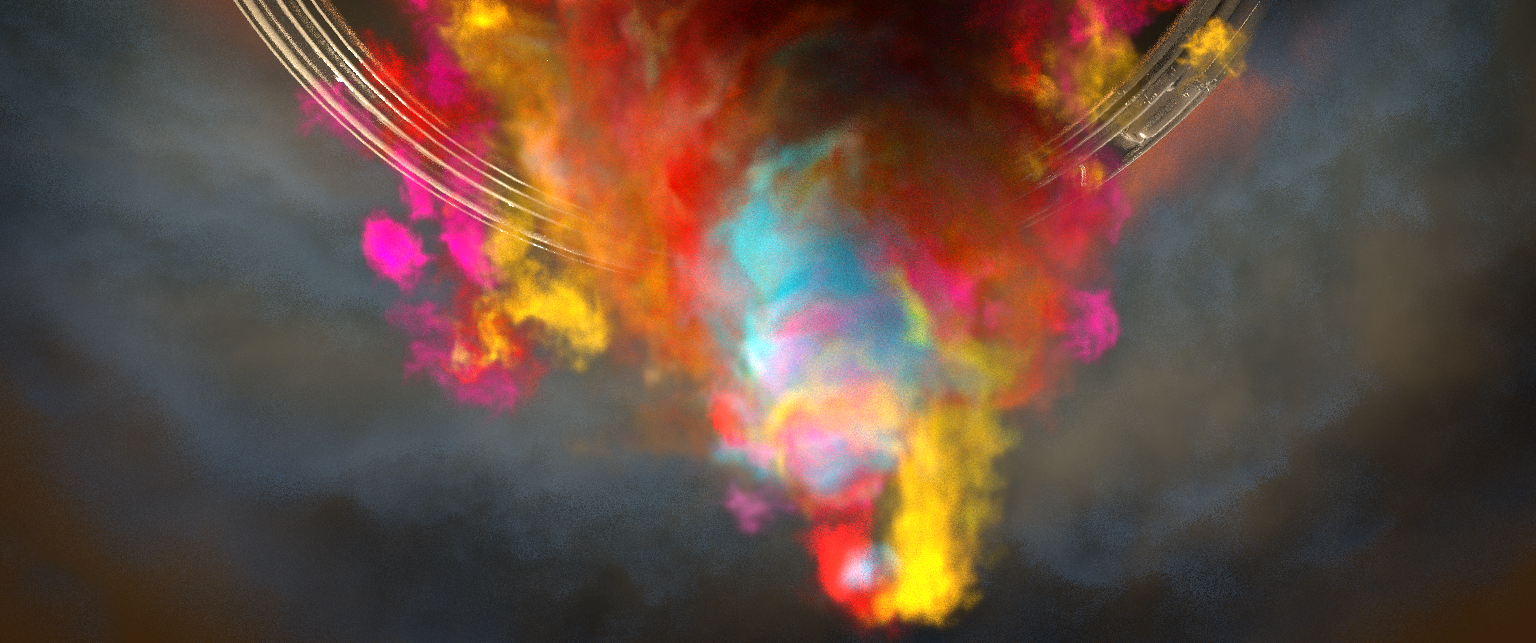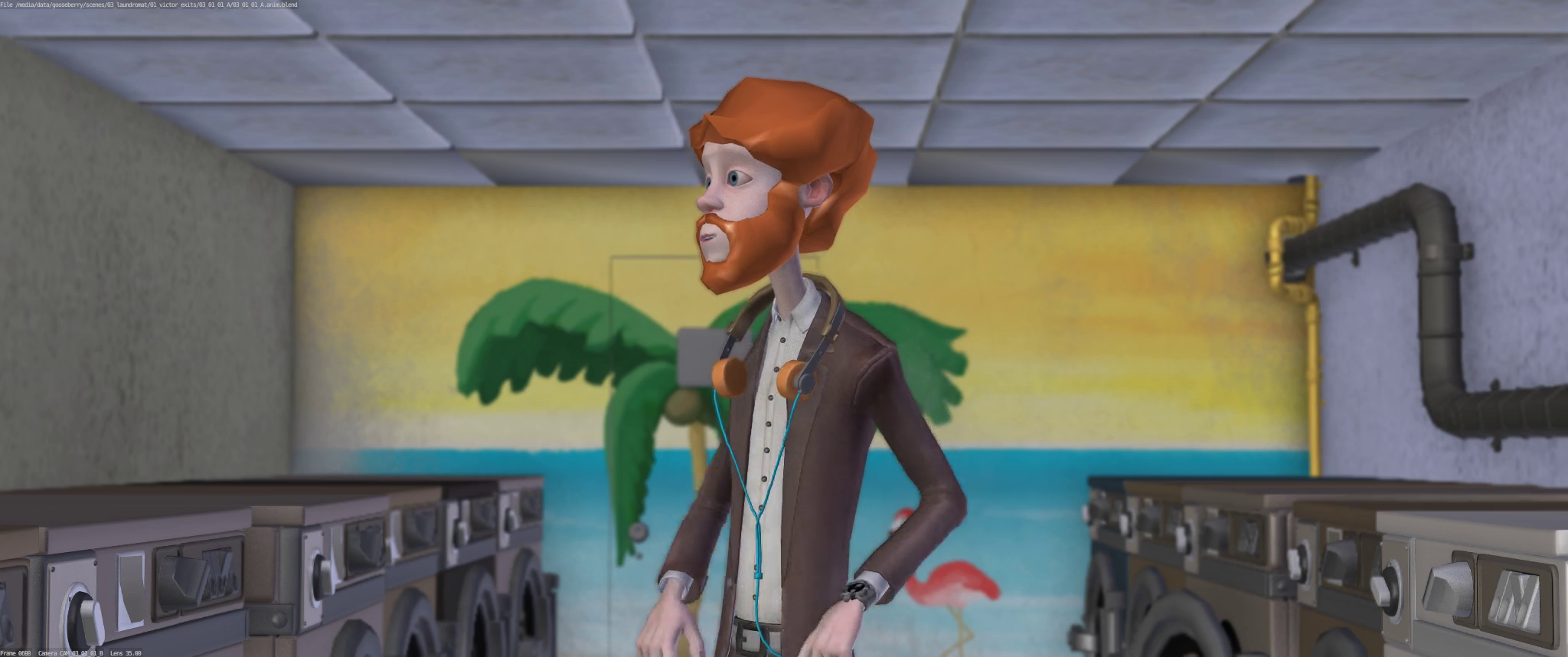© Blender Foundation | gooseberry.blender.org
SIGGRAPH 2016 Computer Animation Festival Jury’s Choice winner “Cosmos Laundromat – First Cycle” — originally code-named “Project Gooseberry” by its Blender team — is one of the most unique projects the festival has seen. Why? Because it is has been developed as a pilot for what plans to be the free/open source animated feature-film production. Read more about the production on the Gooseberry site. If you missed the 2016 festival or could not make its traveling tour dates, press play below to watch the full, 10-minute short.
- The team offered weekly livecasts on its YouTube channel during production to go over various processes. There are over 150 videos, including the one below.
- Everything is liscensed under Creative Commons Attribution 3.0, meaning the art of Cosmos is free to access, share and use as a guide. Find it all on the Blender Cloud.

© Blender Foundation | gooseberry.blender.org
- Three production pipeline tools were developed as part of the project: BAM, Flamenco, and Attract. Learn more about these here.
- Animation tutorials are now available with breakdowns of complex shots from the short, include the one below from animator Hjalti Hjalmarsson.
- Some of the trickiest animation sequences involved the cable from character Victor’s headphones. Learn how this was overcome here.

© Blender Foundation | gooseberry.blender.org
- Production took place primarily at studios in Amsterdam and Paris.
- Ton Roosendaal, producer, envisions the final “Cosmos” film project as having multiple artists showcasing varying takes on the main character and setting. With such an unconventional script, director Mathieu Auvray had this to say:
I knew we had to make the constraints part of the story, that I had to come up with an idea that would make every scene different from an artistic direction point of view. But I also knew that to make such a thing pleasant to watch, we should have a strong story and something that provided continuity along the narrative (such as an actor’s voice, the quality of the animation, performance from the actors, etc.).
- Costs netted to just under 400,000 euros. This paid for everything, including three full-time developers, two developers for three-month stretches, seven artists for a 10-month period, and four artists for three months.
- Among many others, the following development milestone was achieved during production: Enhanced 3D view (with cool effects like screen-space ambient occlusion and depth of field).
- Blender’s GreasePencil feature was a hit for storyboarding the project.



